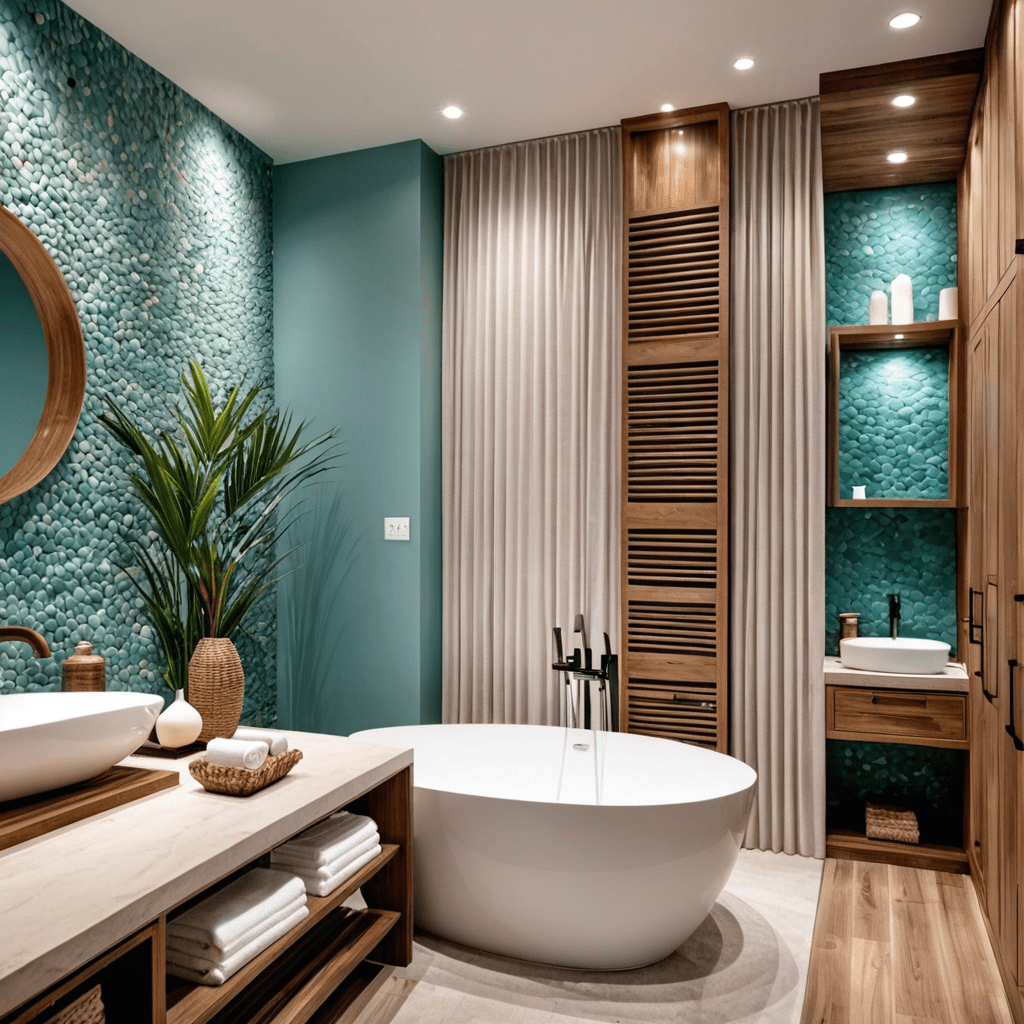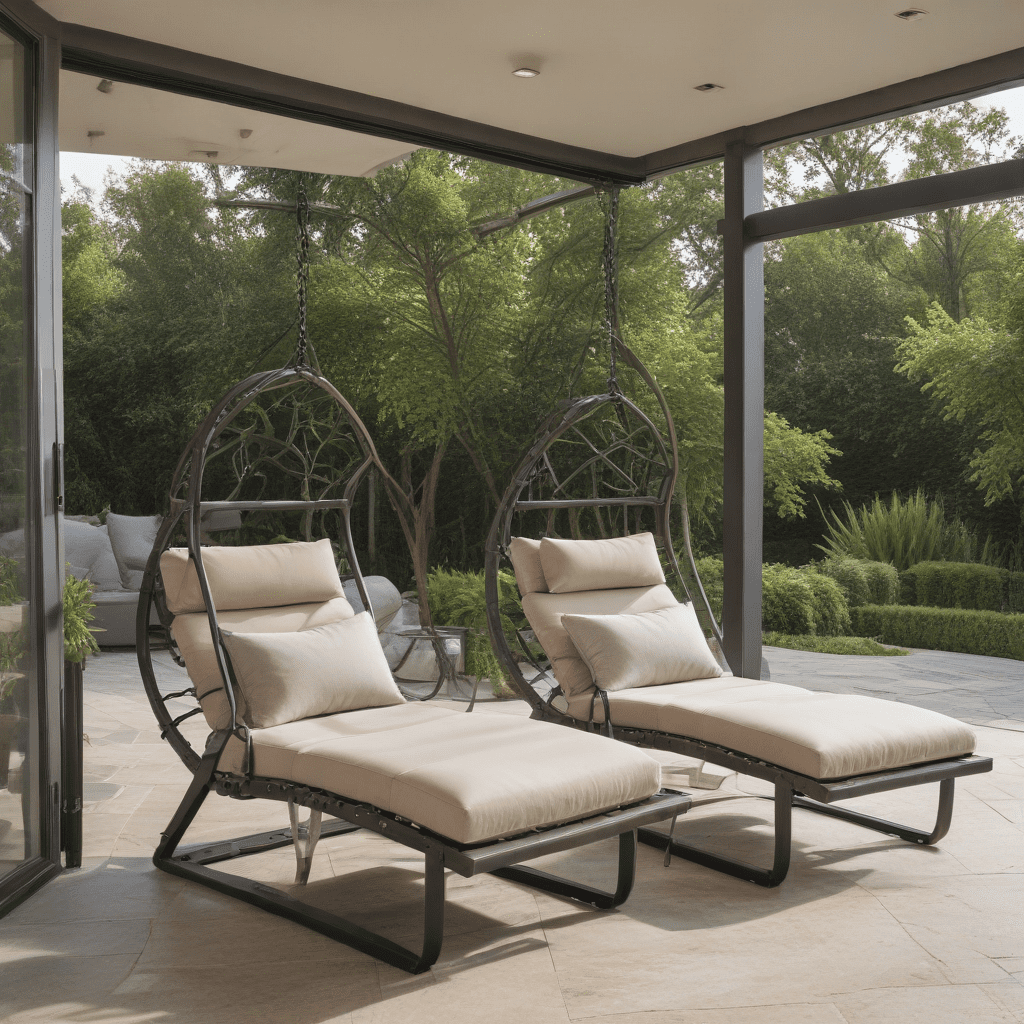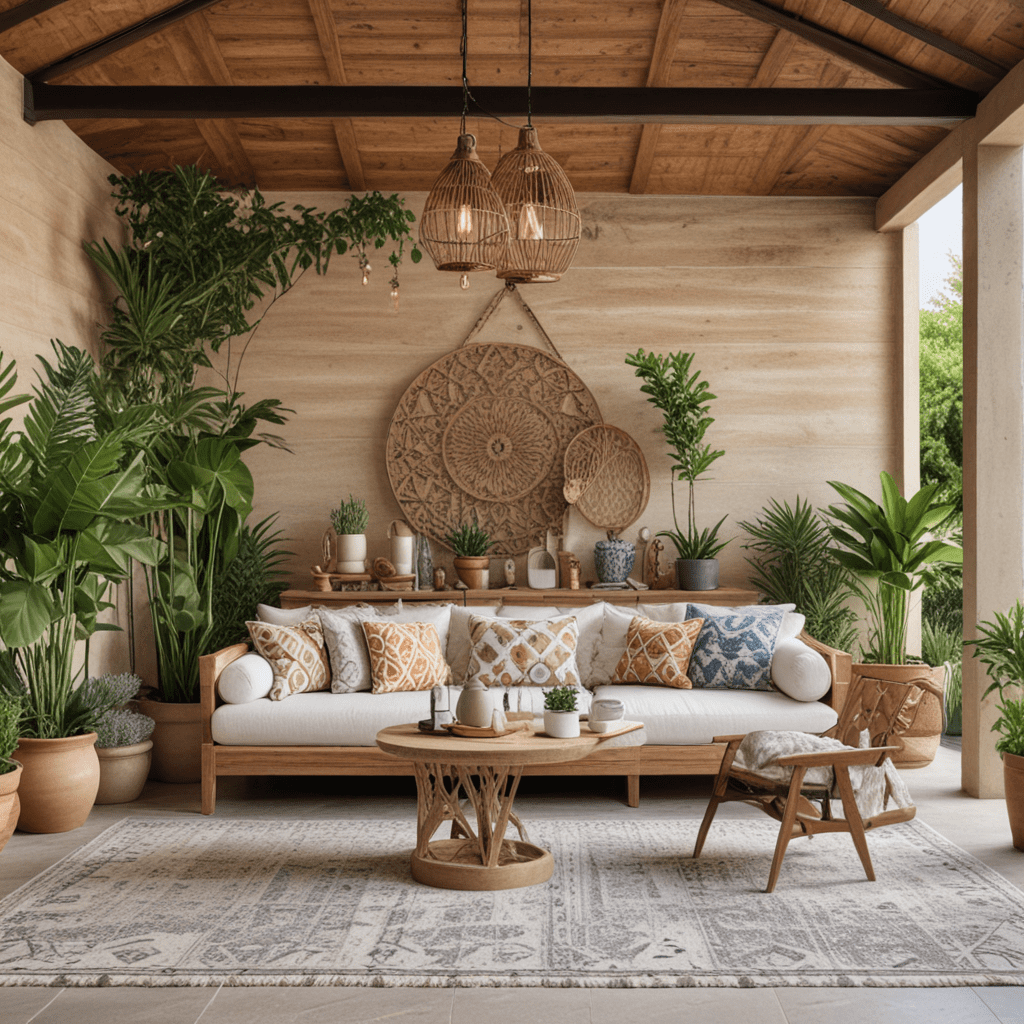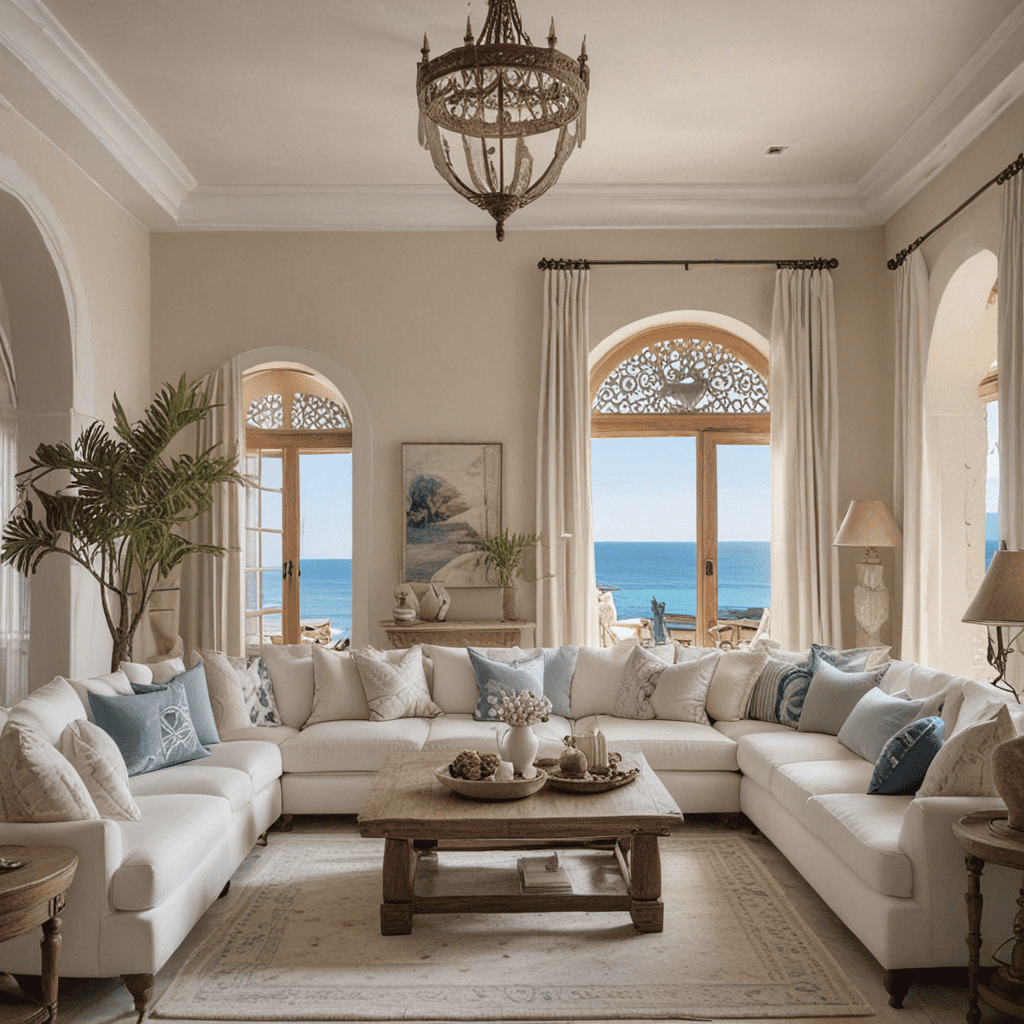Designing Comfort and Elegance for Senior Living Spaces
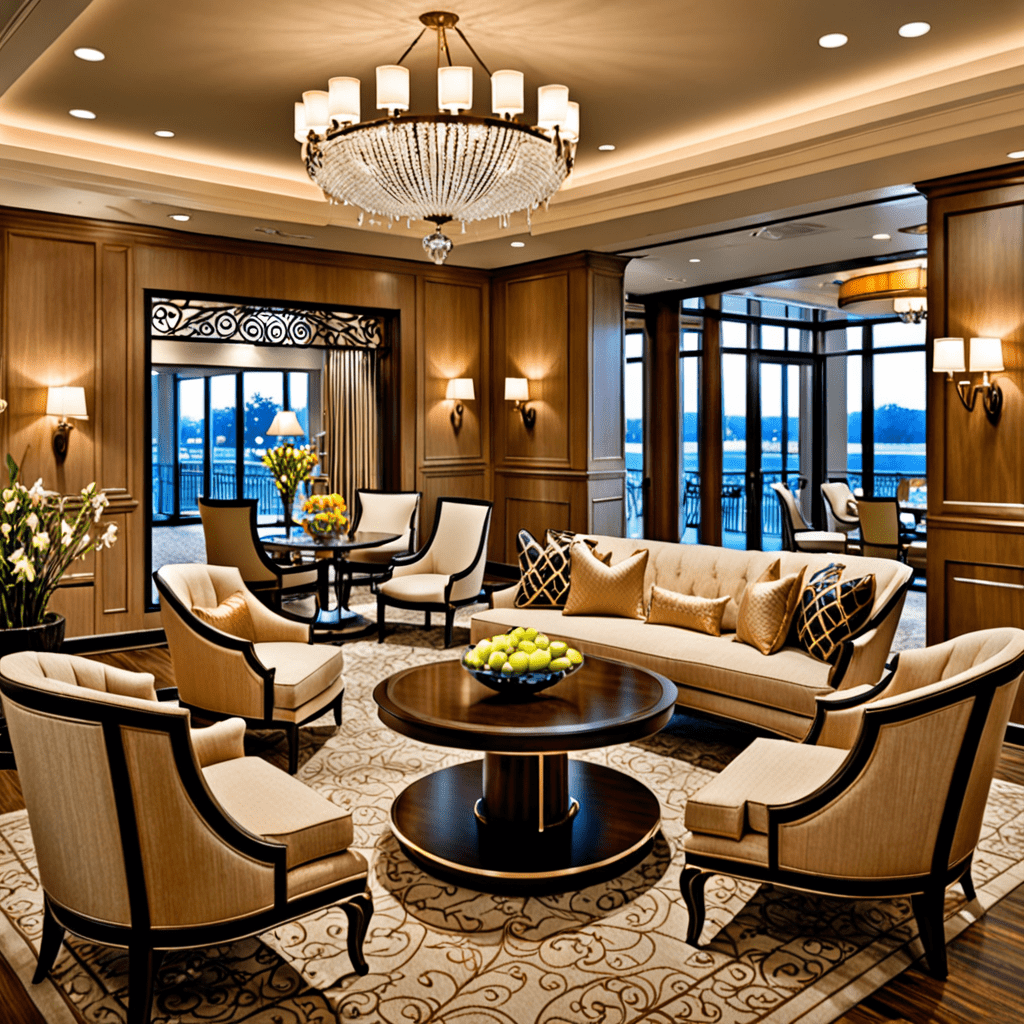

Designing Comfort and Elegance for Senior Living Spaces
As we grow older, our living spaces become more than just a place to reside; they evolve into a haven of comfort, safety, and elegance tailored to our changing needs. For seniors, interior design plays a crucial role in creating a living environment that fosters independence, enhances well-being, and provides a sense of home. In this article, we’ll explore the essential elements of senior living interior design, encompassing practicality, style, and functionality to ensure that senior living spaces are thoughtfully designed to meet the unique requirements of older adults.
Creating a Safe and Accessible Environment
When designing interiors for seniors, safety and accessibility take precedence. Incorporating age-friendly features such as grab bars in bathrooms, non-slip flooring, and easily accessible storage solutions is essential. Furniture with rounded edges and comfortable seating that facilitates easy movement and mobility is also crucial. Additionally, ensuring adequate lighting throughout the living spaces to minimize tripping hazards and enhance visibility is of utmost importance.
Comfortable and Functional Furnishings
Selecting the right furniture is pivotal in senior living interior design. Opt for pieces that offer both comfort and functionality. Recliner chairs, adjustable beds, and supportive mattresses provide comfort and aid in addressing mobility issues. Tailoring the furniture layout to allow for easy navigation and ample space for walkers or wheelchairs contributes to a more accessible and comfortable living environment.
Incorporating Engaging and Thoughtful Design Elements
While prioritizing safety and functionality, it’s equally important to infuse design elements that promote mental well-being and engagement. Natural light, vibrant colors, and stimulating textures can create a welcoming and uplifting atmosphere. Personalized artwork, family photos, and cherished mementos add a touch of familiarity and warmth to the living spaces. Additionally, incorporating adaptable spaces that allow for various activities, such as reading nooks, crafting areas, or gardening spaces, can contribute to a more fulfilling daily living experience.
Easy-to-Navigate Layouts
A well-thought-out layout is fundamental in senior living interior design. Open floor plans and wide pathways facilitate easy navigation, regardless of mobility challenges. Minimizing clutter and ensuring clear pathways throughout the home create a safer and more user-friendly environment. Additionally, consideration should be given to the placement of essential amenities to reduce the need for extensive travel within the living space.
Embracing Technology and Innovation
Integrating smart home technology and innovative solutions can greatly enhance the quality of life for seniors. Voice-activated assistants, motion-sensor lighting, and automated thermostats offer convenience and accessibility. Furthermore, remote monitoring systems and emergency response mechanisms provide peace of mind for both seniors and their loved ones.
Sustainable and Low-Maintenance Design
Incorporating sustainable and low-maintenance materials in senior living interior design not only contributes to a more eco-friendly living environment but also reduces the need for extensive upkeep. Durable flooring options, easy-to-clean surfaces, and low-maintenance landscaping minimize the physical strain of maintenance tasks, allowing seniors to focus on enjoying their living spaces.
FAQ
Q: What are some color schemes that work well for senior living spaces?
A: Soft, soothing colors such as pale blue, sage green, and warm neutrals can create a serene and calming ambiance. These colors also offer the flexibility to complement various furniture and decor choices.
Q: How can I ensure that my senior living space is well-lit?
A: Adequate lighting is essential for senior living spaces. Incorporating a combination of natural light, task lighting, and ambient lighting throughout the home helps to maximize visibility and create a bright, inviting atmosphere.
Q: What flooring options are best suited for senior living spaces?
A: Non-slip flooring, such as cork, vinyl, or certain types of laminate, provides a safe and durable surface for senior living spaces. These options offer both practicality and style, making them ideal choices for older adults.
In conclusion, senior living interior design is a harmonious blend of functionality, safety, and aesthetics. By carefully considering the unique needs of older adults and incorporating age-friendly features, comfortable furnishings, engaging design elements, and innovative solutions, living spaces can be transformed into inviting and supportive environments that enhance the well-being and quality of life for seniors.
